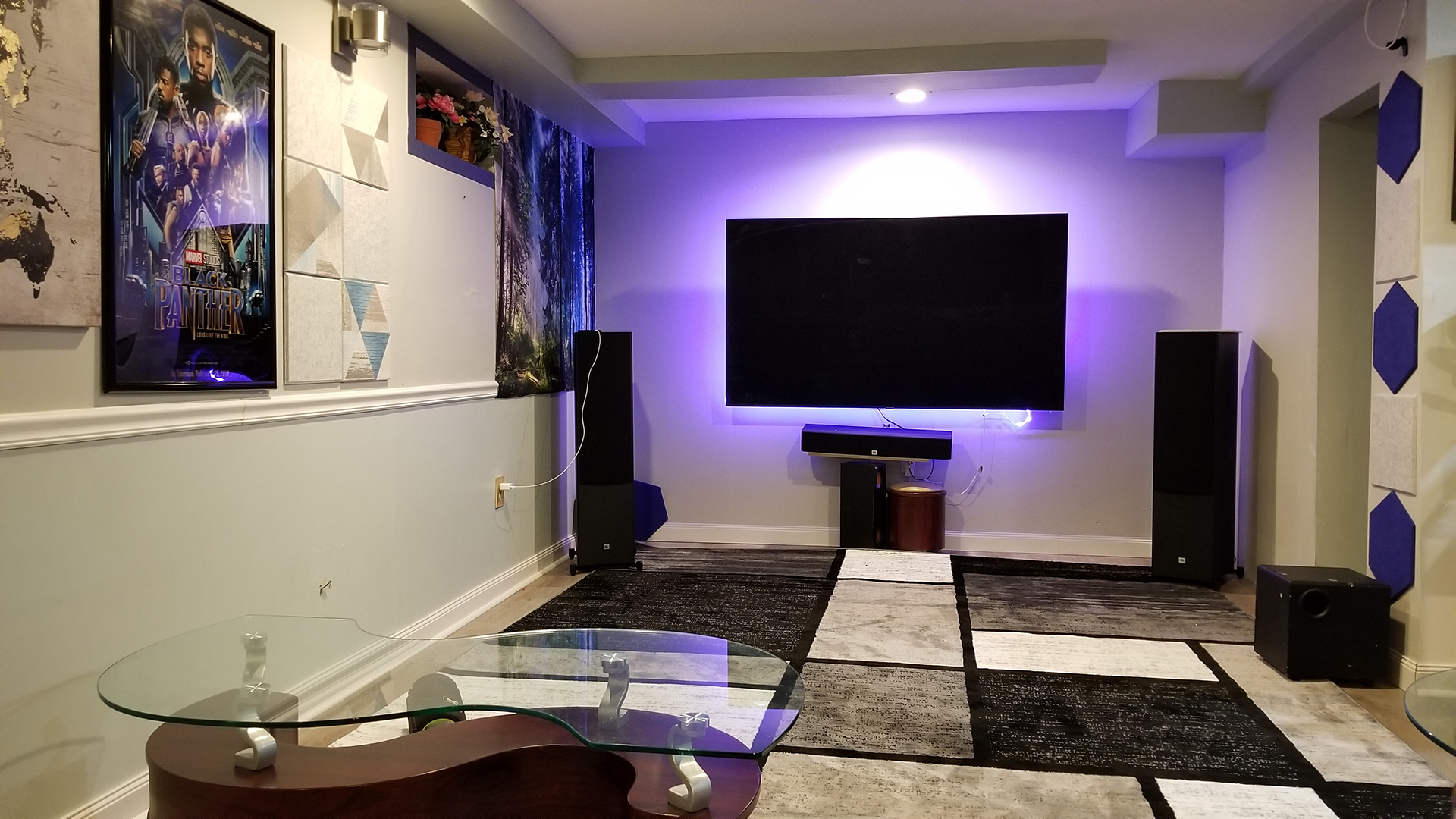At Acoustic Fields, we have a free service where you tell us about your room. The tab is Room Analysis. https://www.acousticfields.com/free-room-analysis/ You give us the room dimensions along with the room usage. You attach pictures of your room and then you send all of that data to us. The software then prompts you to schedule a time to speak by phone with Dennis. Dennis will first address any noise transmission issues you may have with your room and its chosen usage. noise is defined as energy leaving the room and bothering neighbors or people in the next room and also noise that is generated from outside noise sources that can enter your room and bother you. Dennis will also address the treatment issues within the room. Once we have determined if there is or is not a noise issue, we can look at the treatment side of room design and focus on the low, middle, and high frequency issues within your room. We can use absorption and diffusion inside your room to treat the room and usage issues. We are a design and manufacturing company. Read what we are all about at this link: https://www.acousticfields.com/about/ Here are some pictures that came with the room forms and we will discuss these in terms of what not to do within your room.
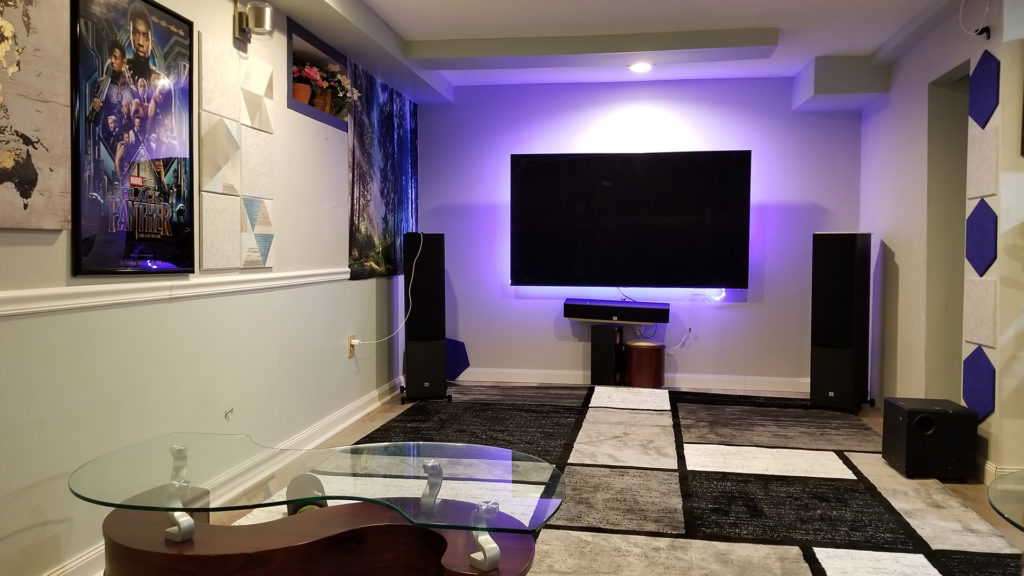
In our title photo above, you will see the worst set up mistake one could make. You never place a speaker in a corner to excite all the tangential modes that like to hang around in the corners of your audio room. You also never place a dynamic driver speaker near a room boundary surface. The front wall closeness is bad enough for the lower frequencies but the sidewall reflections with their reflections from the sidewalls time signature destroys one’s ability to achieve a strong center channel image. These time delayed reflections from the sidewalls’ close proximity wash across the direct sound from your loudspeakers. The direct or straight line sound is the purest sound from your speakers. The straight line from source (speaker) to your ears (receiver) has the least amount of reflections added together to produce (room sound – room distortion) in it, The sidewall reflection time signatures must be at a time signature that does not conflict with the direct energy. It is a narrow time band. No law breaking. No bending the laws, either.
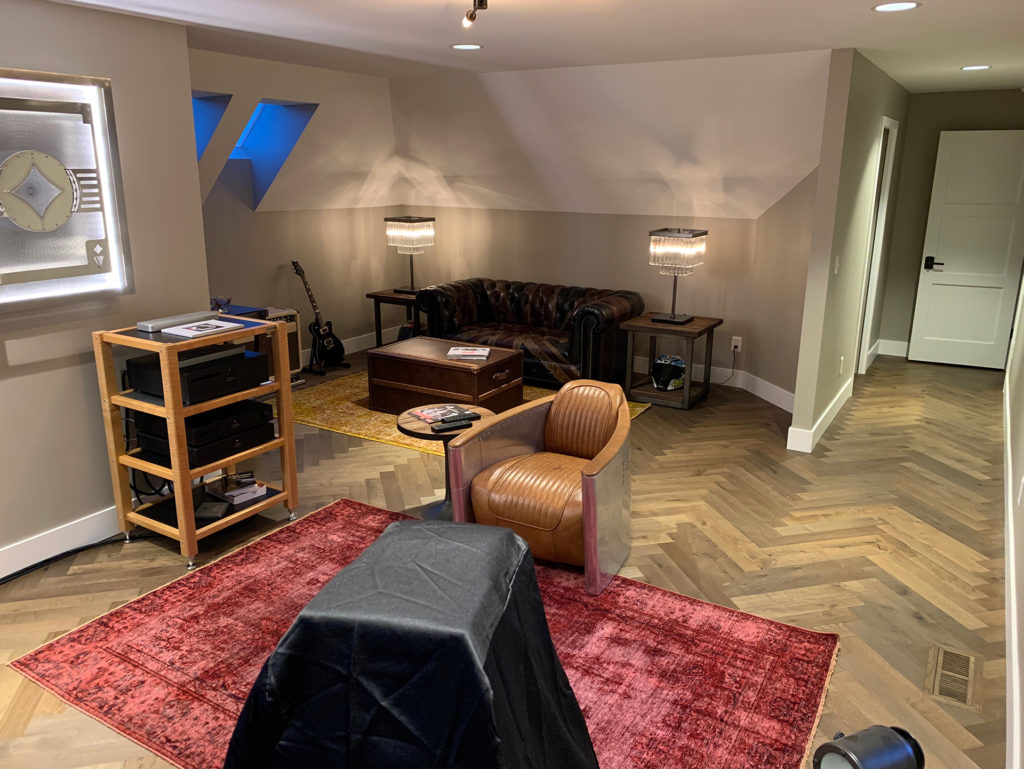
In the photo above, we see another set up mistake that has bad sonic consequences. There is a term in physics called free space. Free space means just that space that is free. It is free of clutter from humans in their living environments. In two channel sound playback, you must have “free space”. You must have no objects next to the speakers, especially a sidewall or next to the listening position. This area from the back of your speakers to 2′ behind your listening position must be clutter free. This is sonic sacred ground. There can be no objects to conflict with the dance between the direct sound from your speakers and the sidewall reflections. In fact, there are three sets of reflections we must be concerned about. We have the primary reflection, secondary, and tertiary sidewall reflections that must be dealt with. It is a triad of three very important reflections that have a large impact on what we finally end up hearing at the listening position. We have all heard about the primary reflection. That is the reflection that is from the nearest wall surface. The primary reflection next migrates across the room width and strikes the opposite sidewall. This is called secondary reflection. This secondary reflection next travels back to the primary wall reflection and becomes a tertiary reflection. The time signature of all three reflections must be managed to blend with the time signature of the direct or straight line energy from our speakers.
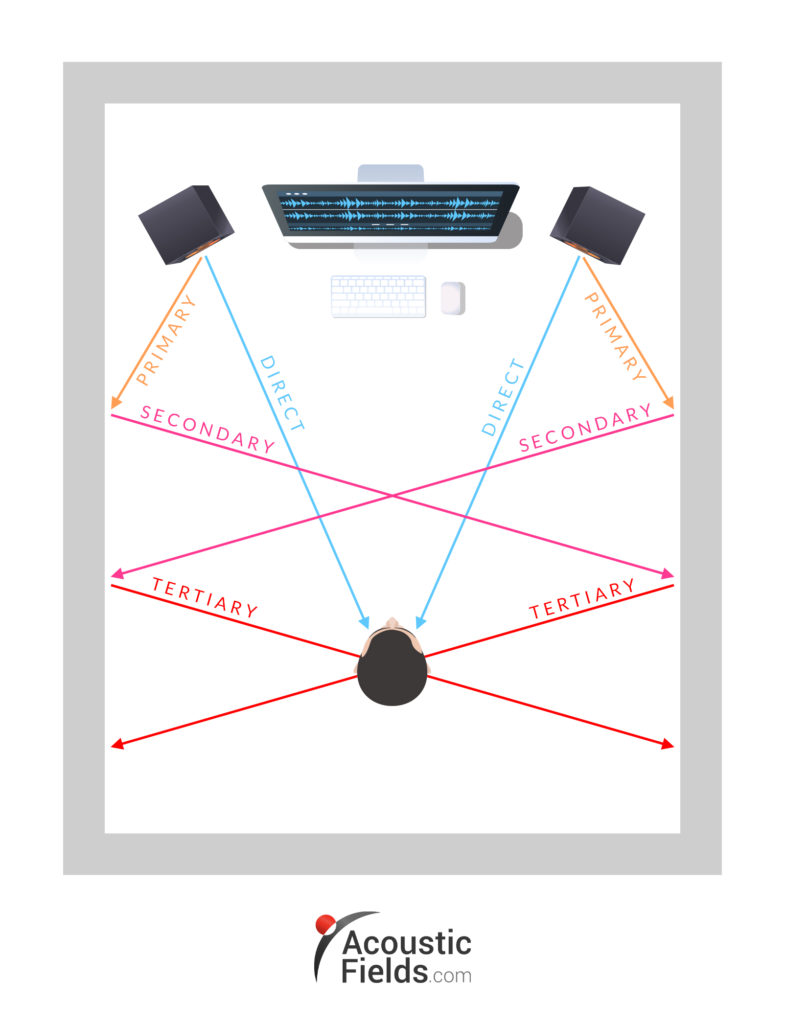
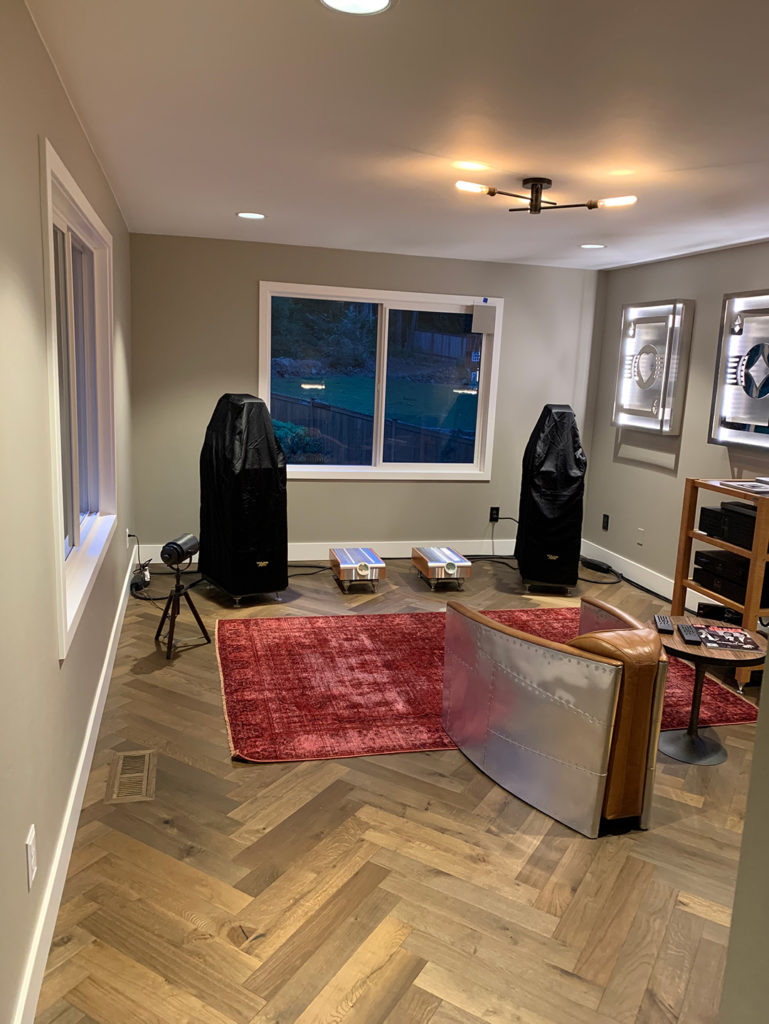
In this photo, we have too large of speakers set up within too small of a room. Notice the distance from the sidewall to the low-frequency driver. Notice this difference on both sidewalls. Notice the distance from the front wall to the speakers. We can not have energy producing devices (speakers) located close to room boundary surfaces. When energy producing devices are placed next to walls and floors, the energy and vibrations they produce are shared with the structure the speaker is close to. The reflections from the walls into the listening area produce all types and forms of phase issues. This all adds up to more room distortion. It is more things getting in the way and preventing us from enjoying our gear. We know it can sound better than it does and this thought keeps bouncing around within our brains. Set up with two channel audio is critical. https://us.kef.com/blog/home-theater-101-basic-rules-for-optimizing-your-home-theater-system
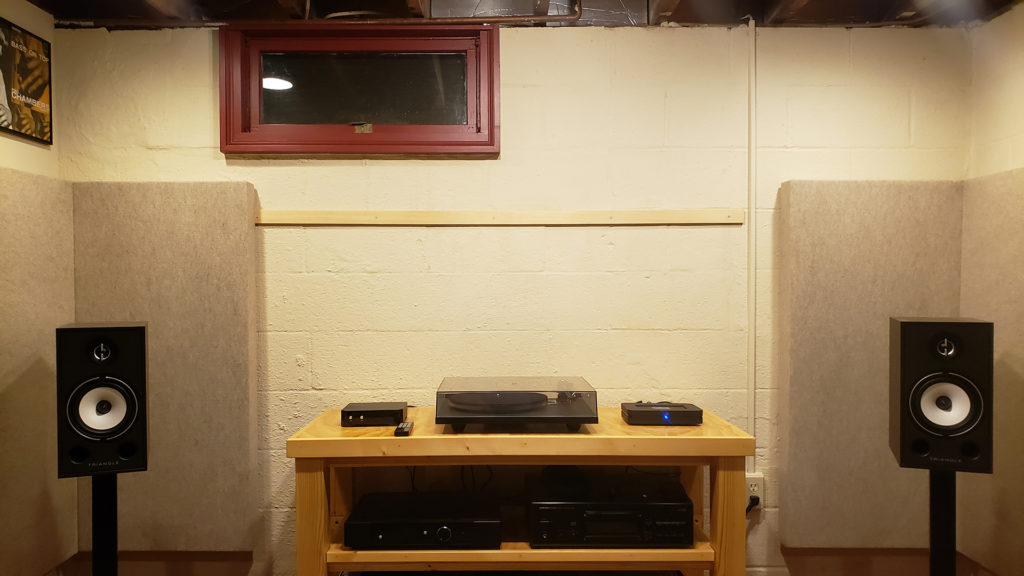
In the photo below above, we see that we have two set up issues. The first is the equipment rank between the speakers. Never place an equipment rack that is as tall as your speakers. You must keep that area between the speakers free from clutter that produces spurious reflections. The area between the speakers must be kept free of any objects that sound energy can reflect off of. That area must be “free space”. Our goal with two channel sound playback is a balance between the direct energy from our speakers and the reflected energy from side, front, and rear walls. We must be able to let energy from both the left and right channel speaker move unimpeded along its journey, so it can blend well with the direct energy from the speakers. http://arqen.com/acoustics-101/speaker-placement-boundary-interference/. Our second area of concern is the low frequency management material behind the speakers. They are boxes filled with building insulation. This is not a technology type that will work for low-frequency management. It does not go low enough to absorb 30 – 50 Hz. energy and it over absorbs the middle and high frequencies. Building insulation was designed to keep your room warm and cold. It was never designed as an acoustical tool.


